|
|
|
|
Species Photo Gallery for Cixius misellus No Common Name 10 |
 | Photo by: Kyle Kittelberger
Out Of State Co.
Comment: male | 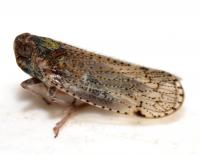 | Photo by: Kyle Kittelberger
Out Of State Co.
Comment: male |
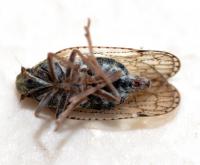 | Photo by: Kyle Kittelberger
Out Of State Co.
Comment: male | 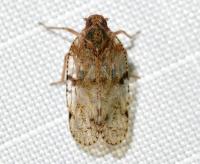 | Photo by: Kyle Kittelberger
Out Of State Co.
Comment: |
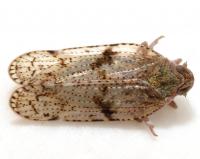 | Photo by: Kyle Kittelberger
Out Of State Co.
Comment: female | 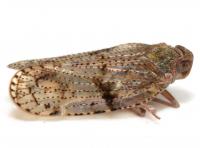 | Photo by: Kyle Kittelberger
Out Of State Co.
Comment: female |
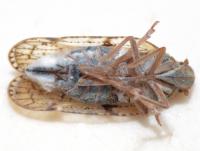 | Photo by: Kyle Kittelberger
Out Of State Co.
Comment: female |  | Photo by: Kyle Kittelberger
Out Of State Co.
Comment: male |
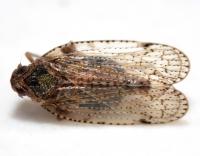 | Photo by: Kyle Kittelberger
Out Of State Co.
Comment: male |  | Photo by: Kyle Kittelberger
Out Of State Co.
Comment: male |
|

 »
»
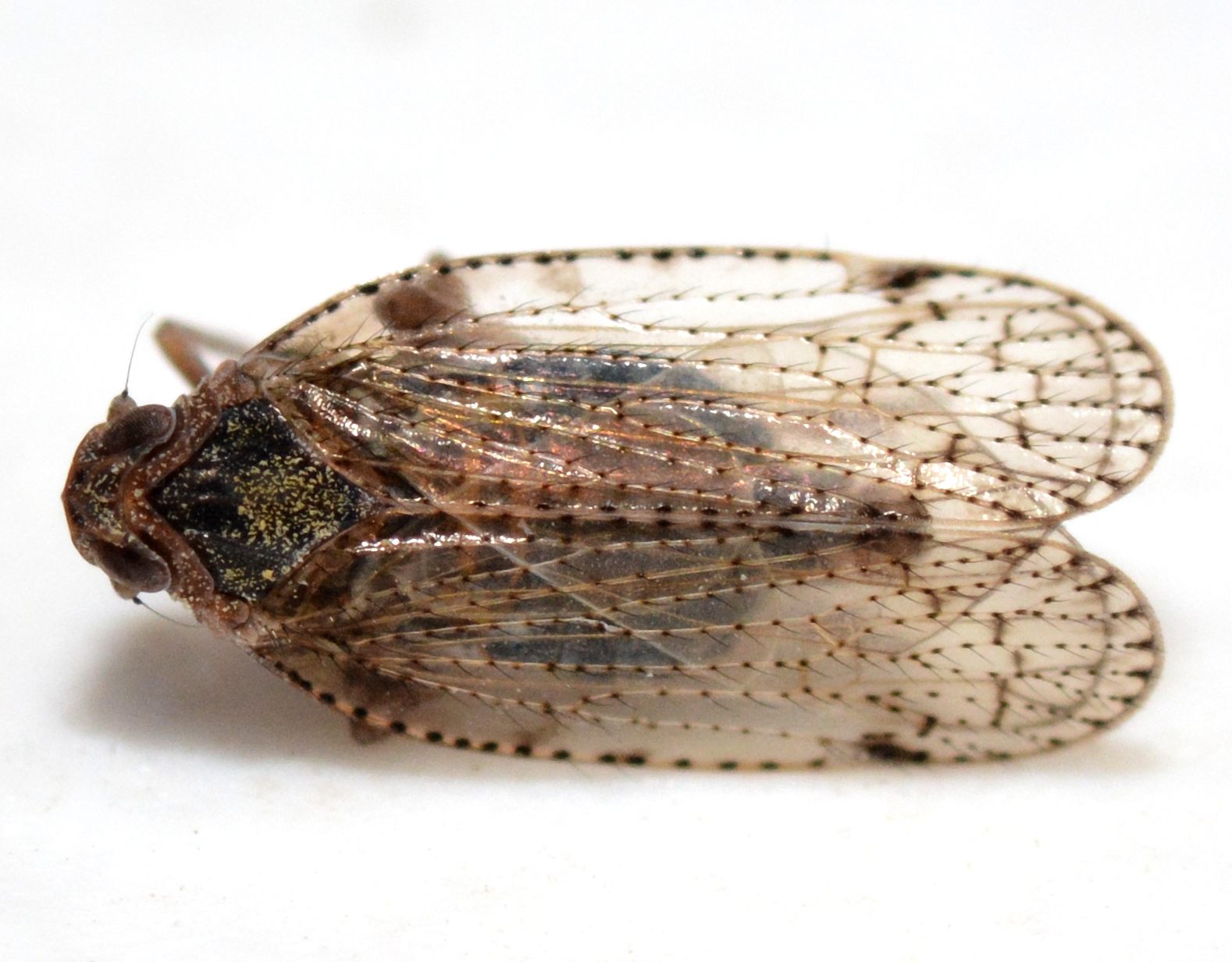
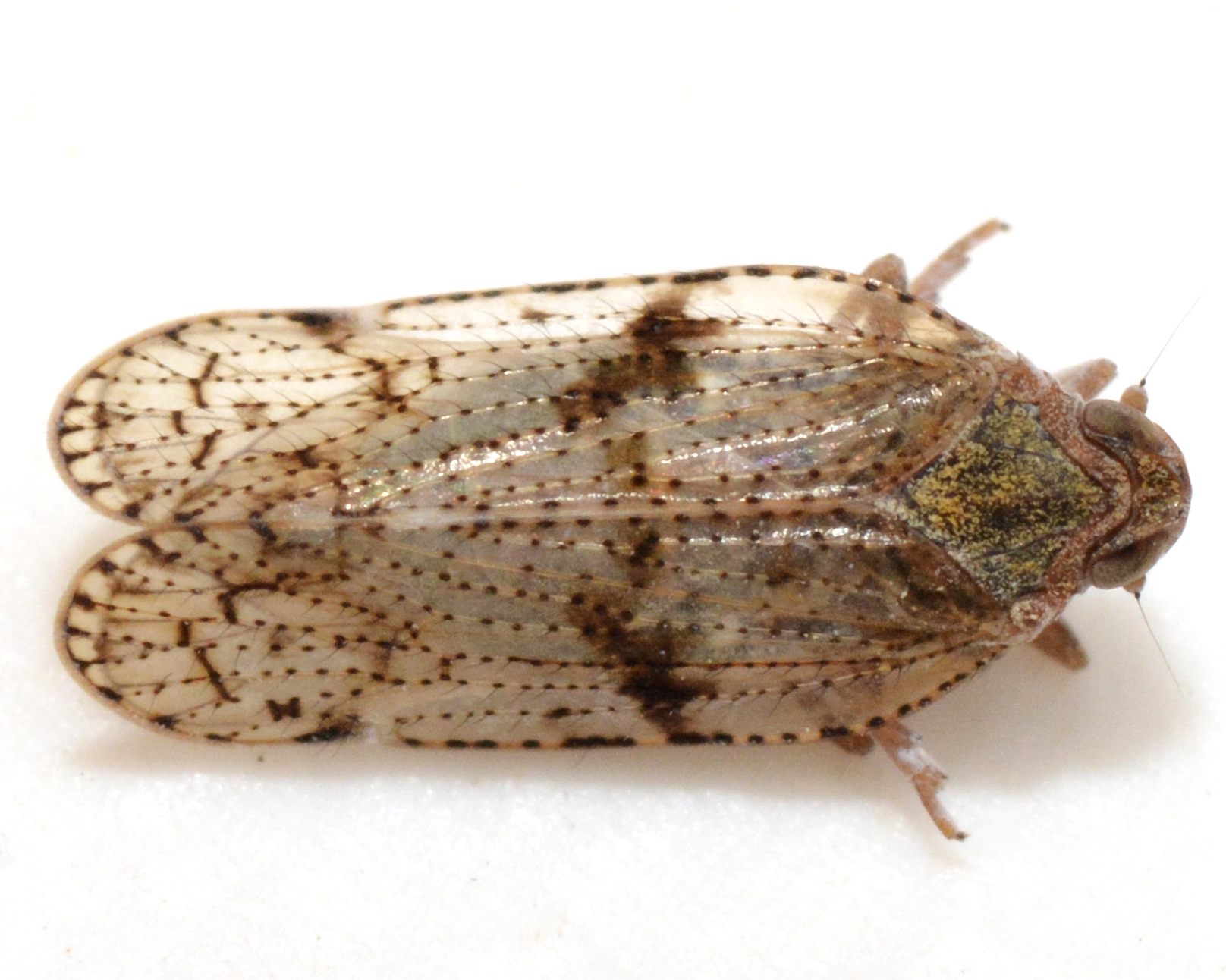
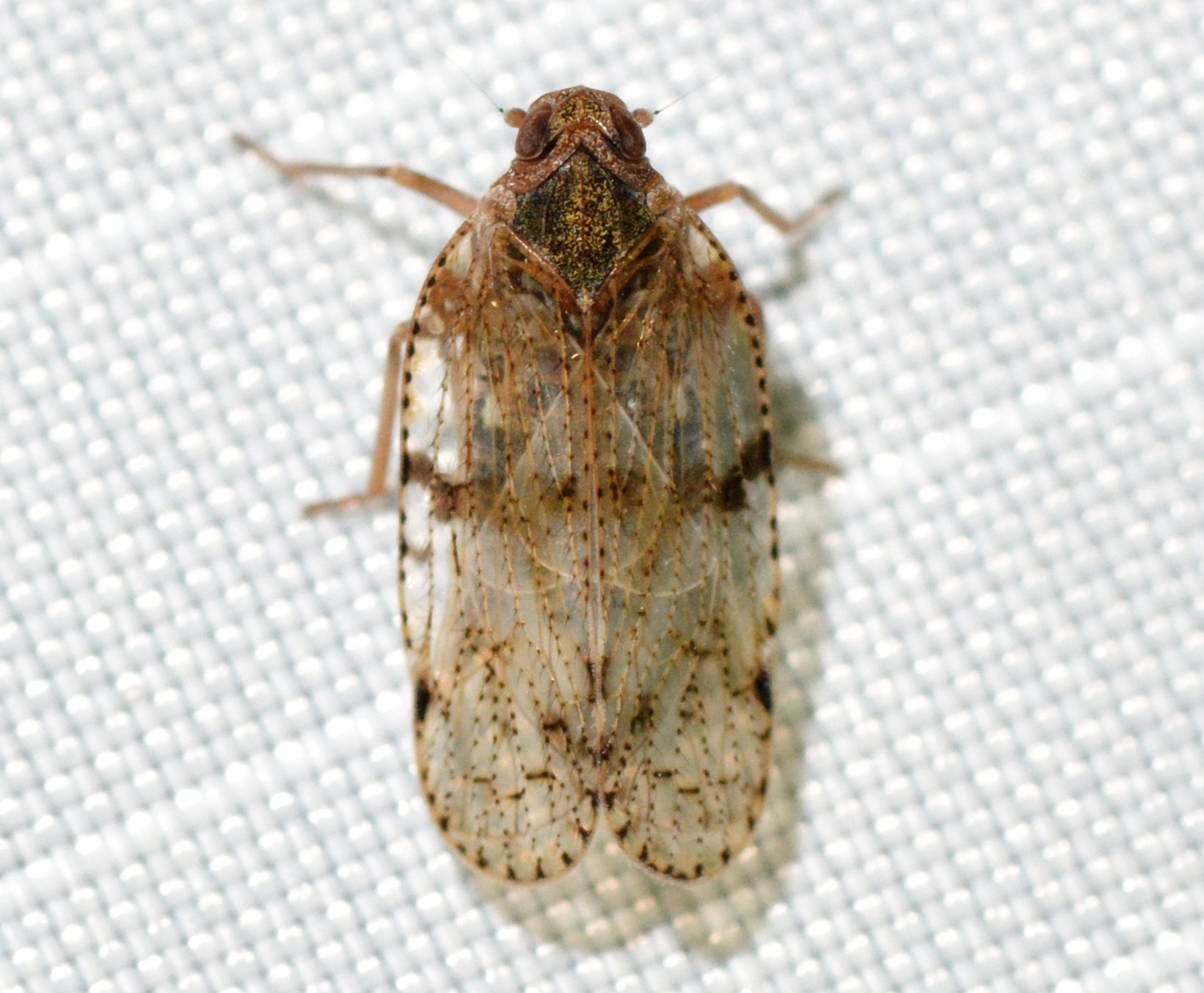

 »
»


